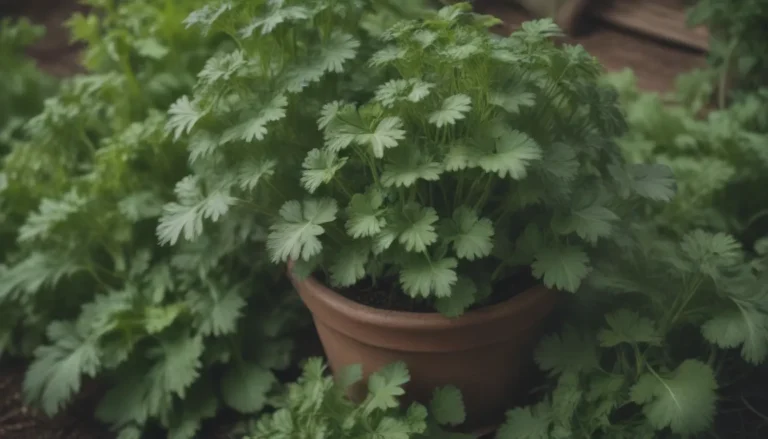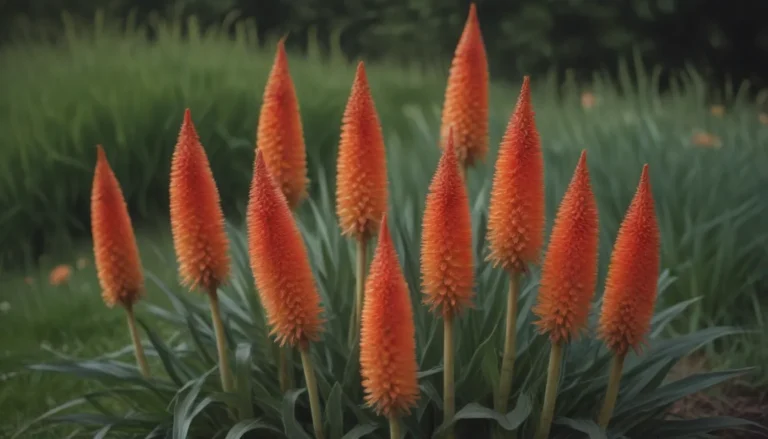The Comprehensive Guide to Growing and Caring for Sago Palms

Welcome to the ultimate guide on how to grow and care for the unique and captivating sago palm (Cycas revoluta)! Despite its palm-like appearance, the sago palm is actually more closely related to a conifer and is a member of the ancient cycad group of plants. In this comprehensive article, we will delve into everything you need to know to successfully cultivate and maintain these stunning plants.
Getting to Know the Sago Palm
The sago palm, native to warm regions of Japan and southern China, is a popular choice for both indoor and outdoor cultivation in cooler climates. Its long, green fronds and slow growth rate make it a sought-after addition to any plant enthusiast’s collection. Let’s explore some key facts about sago palms:
- Sago palms are extremely slow-growing plants, gaining only a few inches in height each year.
- These plants typically produce only one new frond annually, forming a symmetrical ring of feather-like foliage.
- Sago palms can grow up to 2 to 3 feet after several years, with the potential to reach heights of 10 feet over the course of 50 years.
- Remarkably, sago palms have been known to live up to 200 years old, making them a truly long-lasting addition to your garden or home.
Sago Palm Care Essentials
To ensure the optimal growth and health of your sago palm, it is essential to provide the proper care and attention. Let’s break down the key care requirements for these unique plants:
Planting
Sago palms can be grown both indoors and outdoors, depending on your climate and preferences. When planting sago palms outdoors, it is important to select a sunny location with partial shade to protect the foliage from scorching sun rays. Here are some planting tips:
- Choose a spot with bright, indirect light for outdoor sago palms.
- Ensure good drainage by using sandy soil rich in organic matter with a slightly acidic to neutral pH.
- For indoor plants, place them near a bright east-, west-, or south-facing window.
Watering
While sago palms have some drought tolerance, they prefer consistently moist soil. Here are some watering tips to keep your sago palm healthy:
- Water when the soil feels dry to the touch, avoiding overwatering to prevent soggy soil.
- Reduce watering slightly during the plant’s dormant winter period.
Temperature and Humidity
Sago palms thrive in warm, humid conditions, but they can tolerate brief cold snaps. Here are some temperature and humidity considerations:
- Protect sago palms from temperatures below 23 degrees Fahrenheit, as frost can damage the foliage.
- Avoid extreme temperature fluctuations from drafts and HVAC airflow.
Fertilizing
To promote healthy growth, sago palms benefit from regular fertilization during the growing season. Consider the following fertilizing tips:
- Use a balanced liquid fertilizer with an 18-8-18 ratio monthly during the growing season.
- Apply slow-release fertilizer two to three times per season according to package instructions.
Light and Soil Requirements
Sago palms prefer bright, indirect light and well-draining soil. Here are some tips for providing the right light and soil conditions:
- Avoid direct sunlight, as it can scorch the foliage, leading to wilt and burns.
- Use a sandy, slightly acidic soil mix for optimal drainage and nutrition.
Types of Sago Palm
While Cycas revoluta is the most commonly cultivated sago palm, there are other varieties worth exploring. Let’s take a look at some other types of sago palms:
- Cycas rumphii (queen sago)
- Cycas circinalis (queen sago palm)
- Metroxylon sagu (true sago palm)
Pruning and Propagating Sago Palm
Proper pruning and propagation techniques can help maintain the health and vitality of your sago palm. Here are some essential tips for pruning and propagating sago palms:
Pruning
- Only trim brown leaves, leaving yellowing leaves intact to absorb nutrients.
- Remove lower fronds using sterilized pruning shears close to the trunk to promote air circulation.
Propagating
- Propagate sago palms by dividing offsets or pups at the base of the plant.
- Transplant pups in early spring or late fall for optimal growth.
Common Pests and Problems
While sago palms are relatively low-maintenance plants, they can still face some common pests and issues. Here are some tips for dealing with pests and problems:
Common Pests
- Watch out for scale and spider mites, treating with organic insecticides if needed.
- Ensure proper humidity and airflow to deter pests and diseases.
Common Problems
- Address yellowing leaves with manganese sulfate powder to correct deficiencies.
- Combat root rot with proper watering and well-draining soil to prevent fungal infections.
Growing Sago Palm from Seed and Potting Tips
For those interested in starting sago palms from seeds or repotting existing plants, here are some helpful tips:
- Sago palms can grow from seeds, with bright red to orange-hued seeds available from reputable sources.
- Repot sago palms every three years using a soil-based mix with sand and peat moss for optimal growth.
Overwintering and Maintenance
To ensure your sago palm’s survival through the winter months and beyond, consider the following tips:
- Provide winter protection for sago palms in colder climates to prevent frost damage.
- Check for signs of stress or disease regularly to maintain a healthy plant.
Conclusion
In conclusion, sago palms are unique and fascinating plants that can add a touch of tropical elegance to any indoor or outdoor space. By following the care tips outlined in this guide, you can enjoy the beauty and longevity of these remarkable plants for years to come. Whether you are a seasoned plant enthusiast or a beginner gardener, sago palms are a rewarding and low-maintenance addition to any collection. Happy growing!





